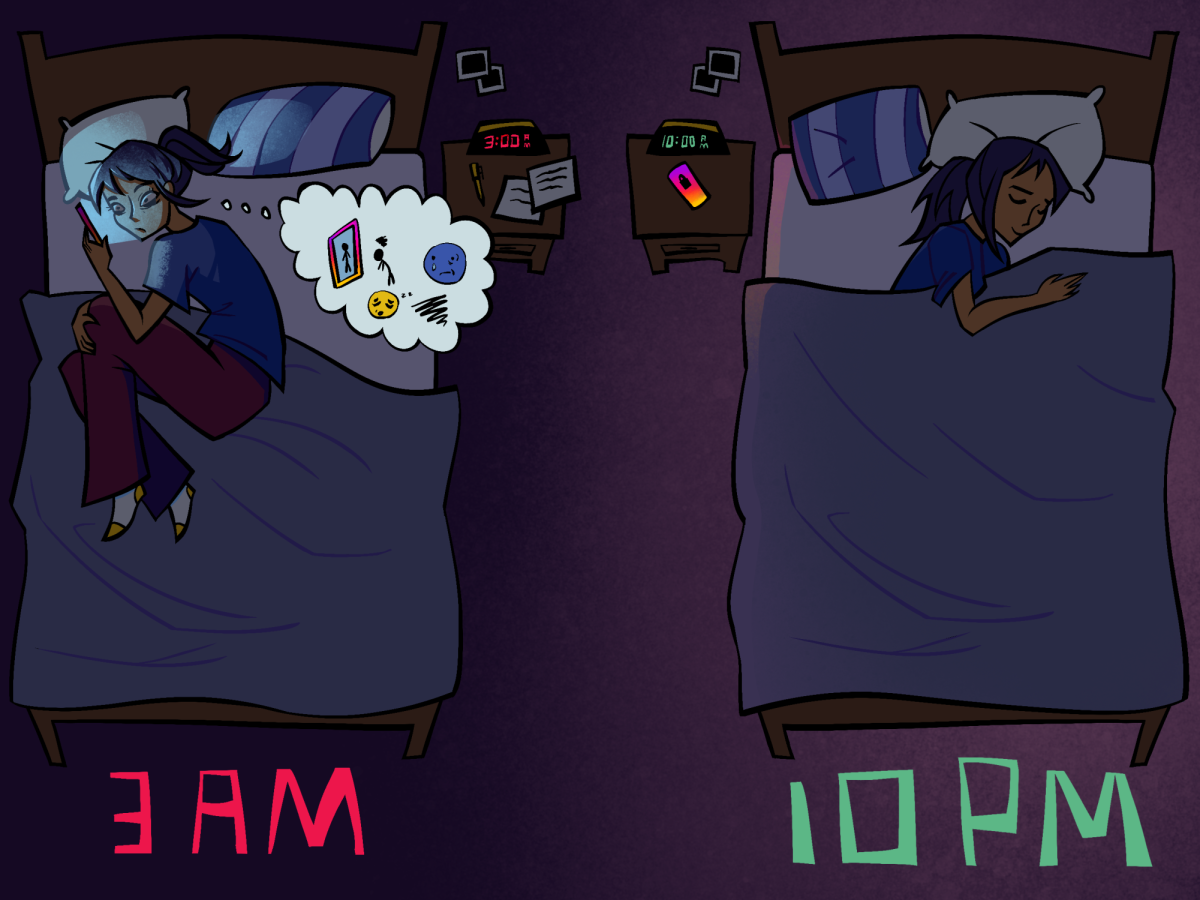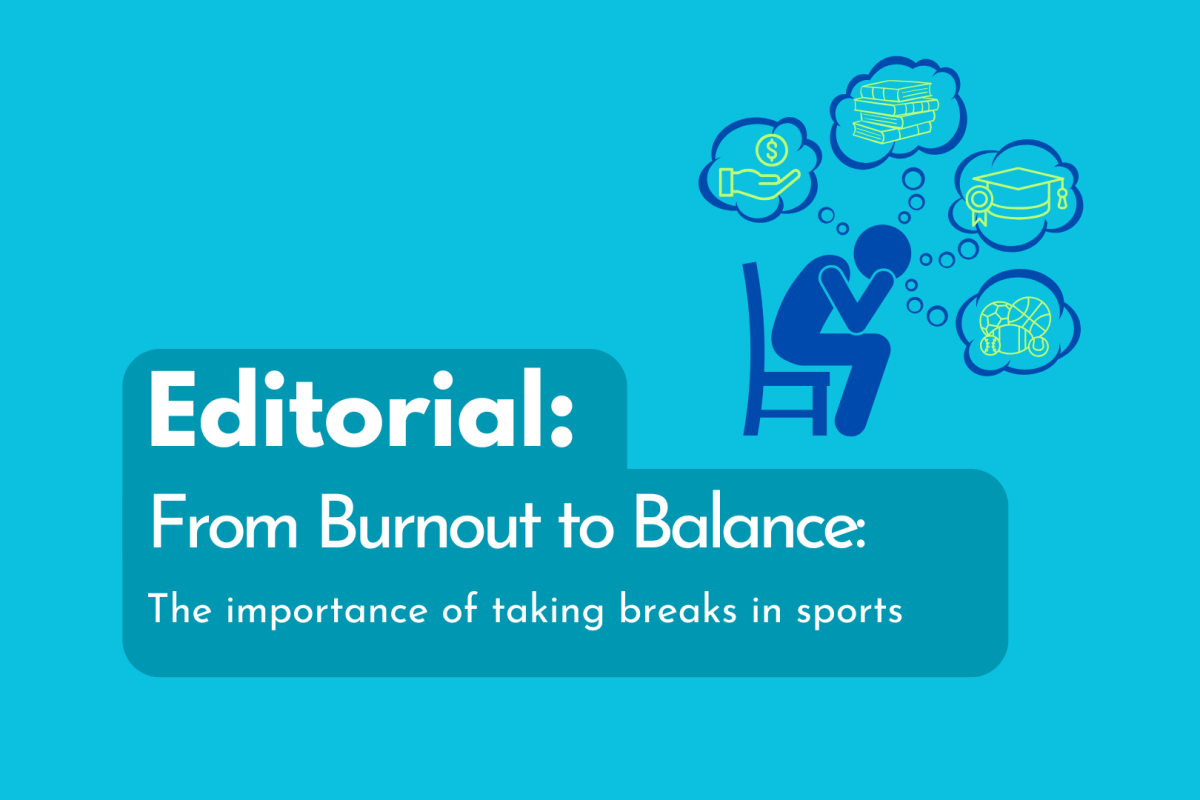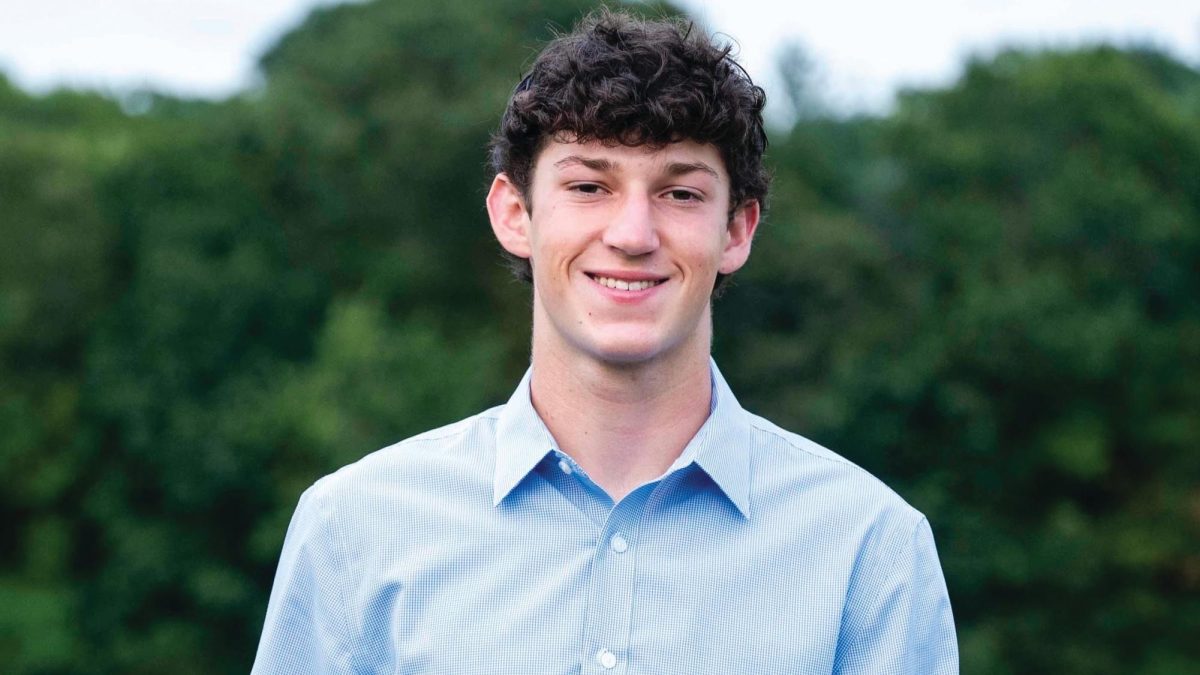Instagram’s introduction of “Teen Accounts” with built-in privacy protections is a necessary step to address the growing concerns about teen safety on social media.
Parents and experts alike are raising concerns about social media’s impact on teenagers. Studies have shown social media’s contributions to mental health issues including depression, anxiety and body dysphoria, specifically in adolescents. The American Psychological Association has issued advisories regarding teens’ social media usage. U.S. Surgeon General Dr. Vivek Murphy has been vocal about the harm these platforms can cause to young minds. Instagram’s new measures seem like a direct response to these mounting concerns which offer tools to protect teens and assure parent’s involvement.
A significant Instagram improvement is automatically setting teen accounts to private. For people under 16, switching to a public profile will require parental permission. The hope is teens will no longer be exposed to unknown users who may pose risks, including bullying or harmful content. By requiring guardian’s oversight for account changes, Instagram assures parents remain informed efficiently.
The platform’s direct messaging restrictions add another critical layer of protection. Teens will only be able to message people they already follow, limiting unsolicited and harmful interactions with strangers. Furthermore, the tools allowing parents to monitor who their teens are messaging ease caretakers’ minds, ensuring they can keep an eye on their child’s online activities without feeling intrusive.
Instagram’s new controls give parents peace of mind, but many teens may find them even more intrusive than before. Needing parental approval for privacy changes or messaging oversight could make teens feel their independence is being restricted, even if the goal is to protect them.
One impressive update is the introduction of time management. These features automatically place accounts in “sleep mode” between 10 p.m. and 7 a.m., which takes an active role in reducing screen time. This is a move that aligns with the growing body of evidence suggesting that overuse of social media can negatively affect sleep patterns and mental health. Parents can also customize these restrictions, giving them control over their child’s access while making sure teens take much needed breaks from their devices.
While critics may argue that some of these changes could be circumvented by “tech-savvy” teens, Instagram is also investing in technology to verify users’ ages and ensure that even those who attempt to lie about their age are placed under these protective measures.
Critics might also argue that these changes are too little, too late. Why wasn’t this done years ago? While valid, this argument overlooks the positive impact these new accounts have. It’s not about being perfect from the start but making continuous improvements.
Meta CEO Mark Zuckerberg has previously apologized to families who have suffered due to social media’s dark side, and Instagram head Adam Mosseri has echoed this sentiment by making clear that the platform views parents as their “north star” in guiding these changes. With teen mental health in crisis and social media usage contributing to the problem, Instagram’s new policies are a necessary step toward creating a safer and healthier online environment for teens.
Instagram’s new Teen Accounts feature is a thoughtful, strategic response to real world concerns. By implementing these protections, Instagram is taking responsibility for its younger users, giving parents more control, and making a significant impact on the safety and wellbeing of millions of teens.










